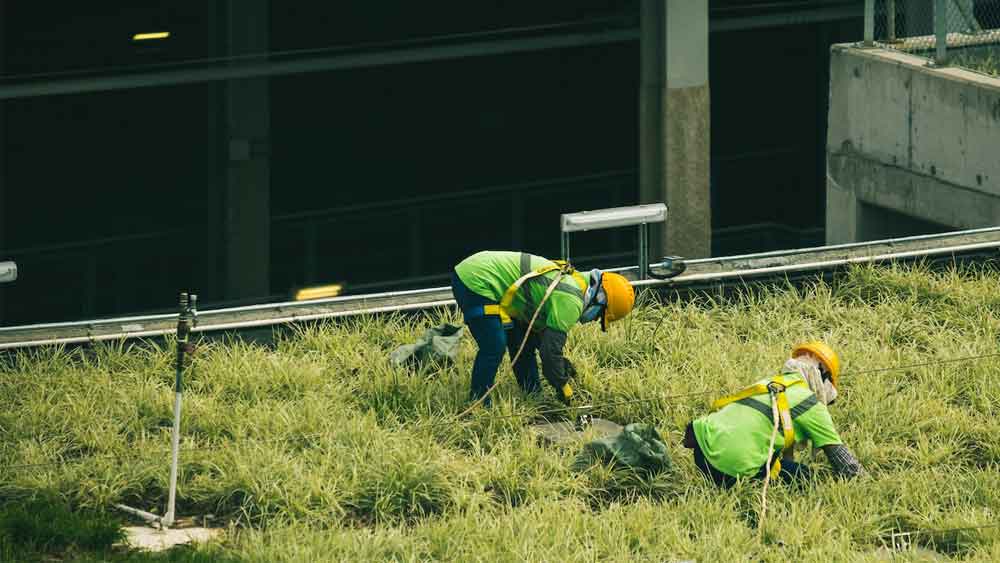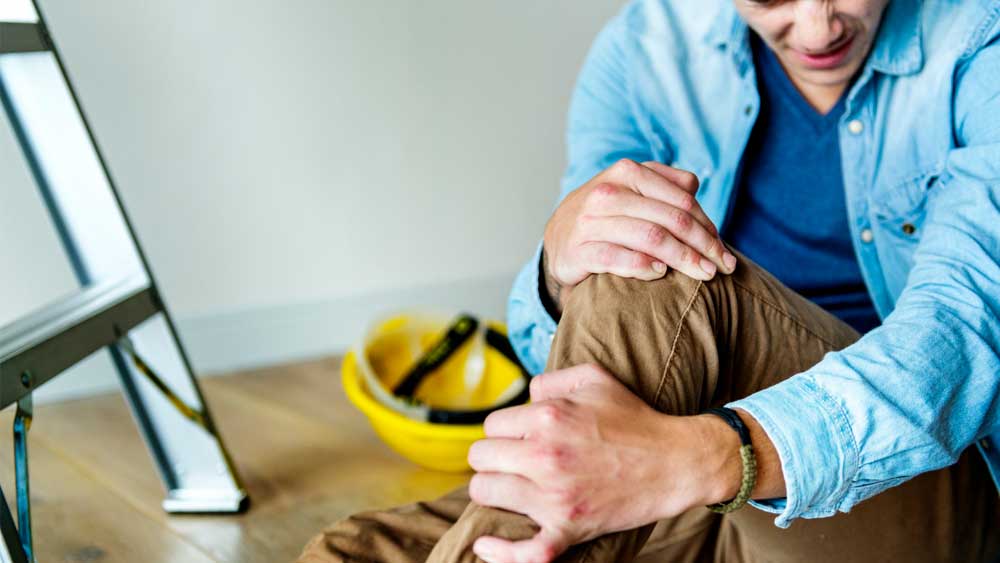Keeping Yourself Safe At Work – Tips and Tricks

We all like to believe that we are safe when we go to work. If we thought that we were in constant danger while we sat at our desks, it would be hard to focus on our jobs. However, while you may not always be in life threatening danger, there is still some risk at work. Luckily, there are a few simple things that you can do to help keep yourself safe, along with those around you.
7 Best Tips for Keeping Yourself Safe
1. Common Workplace Injuries

Workplace injuries are not inevitable but they can be there. Here are some examples of workplace safety tips.
Slips, Trips, and Falls: Usually these injuries are very common or typical and there can be various reasons for their occurrence. For instance, if there is inadequate lighting or a lack of safety measures then slips or trips can occur because of uneven surfaces.
Strains and Sprains: In a workplace, if it is your task to lift heavy objects then you can be the victim of Musculoskeletal injuries. If you are not careful then definitely strains or sprains can occur on any part of the body.
Cuts and Lacerations: It is advisable or important to take care of yourself if you are in the manufacturing or construction business. If you are not careful then any sharp object, for instance, tools or machinery can cause cuts or lacerations.
Machinery Accidents: You are in a lot of danger if you are working in an environment where there is heavy machinery because there can be accidents that can lead to limbs being cut off.
Burns: Workers in industries like manufacturing, construction, and food services may be at risk of burns from hot surfaces, open flames, chemicals, or electrical malfunctions.
Electrical Accidents: Electricians and workers in construction, maintenance, or repair jobs involving electrical systems are vulnerable to electrical shocks, electrocutions, or arc flash incidents.
It’s important for employers to prioritize safety by implementing proper training programs, maintaining a hazard-free environment, and providing employees with appropriate personal protective safety equipment to prevent injuries.
2. Know the Emergency Procedures
First off, you need to know what to do in case of an emergency. While most buildings are equipped to handle or prevent major emergencies through their building codes, these are not always followed or effective. In fact, according to Fighting for You, “Despite the advancements in technology and compliance, there are still those who choose to ignore building safety codes – leaving some buildings unsuitable for entry.”
If a fire breaks out, where do you go? In the event of an earthquake, where’s the safest place to stand? You don’t want to have to figure these things out at the moment, so it’s better if you know beforehand. If your place of work isn’t already running emergency drills, suggest this to one of your managers. Everyone in the office should know what to do in case of an emergency, and this information should be repeatedly drilled into everyone inside.
3. Take Your Own Precautions

While the emergency procedures are up to the office, there are still some things you can do on your own. For example, you can keep some basic emergency supplies – like a flashlight or first aid kit – inside your desk. These won’t take up a lot of room, and if you ever need them, you’ll be happy they are there.
If you work in a bad area or must walk through a dark parking garage to get to your car, you can also do something like set up a buddy system. Avoid walking alone, especially at night, and make sure someone always knows where you are.
Your office should be a safe place to work, but you don’t want to rely solely on this. Take your safety into your own hands and take whatever precautions you feel are necessary for your situation.
4. Study Self Defense
Another thing you can do is study self-defense. It’s an unfortunate fact that many people are assaulted at or just outside their jobs. By taking a few self-defense classes, you’ll be better prepared to handle whatever might come your way. On top of that, you’ll have more self-confidence, which will help to relieve some of that anxiety you feel when you’re walking to your car at night. Self-defense is a good tool for everyone to know, so look for some local classes in your area to get started.
5. Learn First Aid
In addition to learning self-defense, another good thing to learn is first aid. Some basic procedures could come in handy one day, both for yourself and those around you. You should learn how to bandage someone up, how to handle a heart attack, what to do if someone is choking, and how to perform CPR. There isn’t always time to wait for an ambulance, so guard your own well-being, and protect those around you – by learning some basic first aid. There are plenty of resources online to help you out, or you can sign up for a class.
6. What to Do if You’re Injured
If, after taking all of the above precautions, you still find yourself injured, here’s what you need to do. First, get medical attention. Your health is the most important thing, so put everything else aside until you are taken care of.
After that, inform your boss of what happened. You need to do this so that there is an official report of your injury, and so that your boss can take steps to prevent similar accidents from happening to someone else.
Finally, if your injury was serious, you may need to file for Worker’s Compensation. This will allow you to collect money until you are able to go back to work. In the event you have trouble collecting the money due to you, contact a lawyer for assistance.
7. Make Workplace Safety a Priority
You may not think about it all the time, but it’s important that you make workplace safety a priority. Hopefully, the day never comes when you experience an emergency at work, but if it does, it’s best to be prepared. Using the tips above you can make yourself safer while at work, allowing you to feel more at ease and enjoy your job more.
Conclusion:
Ensuring workplace safety is a joint effort that demands engagement from both you and your employer. By steadfastly adhering to these principles, staying well-informed, and cultivating a culture of safety consciousness, you can significantly decrease the chances of accidents and injuries. Ultimately, this collaborative approach guarantees a secure and productive work environment, benefiting you and your coworkers alike.
Read More: Public Safety Worker

news via inbox
Sign up and never miss out on the latest news and updates at HighStuff



